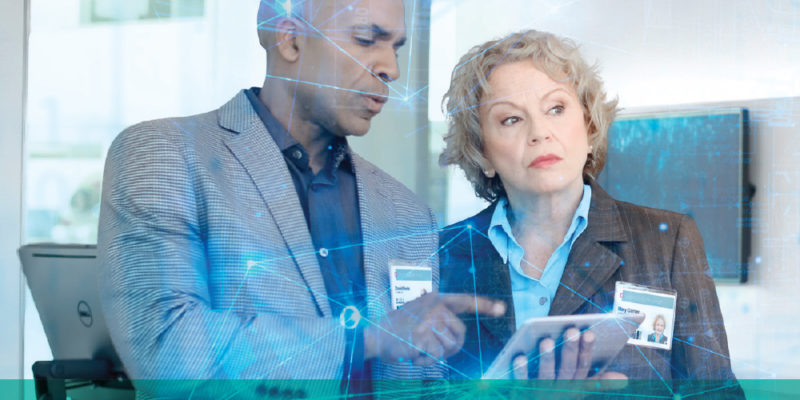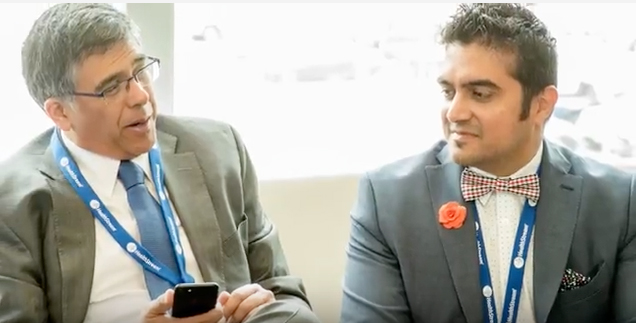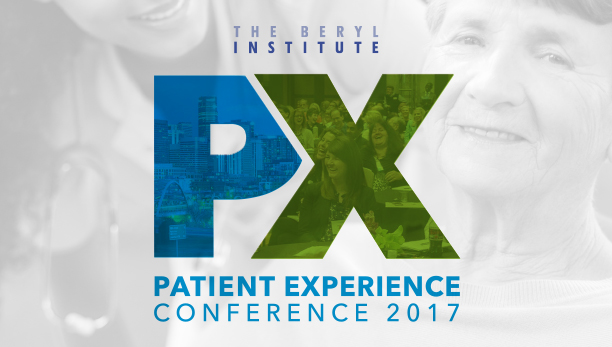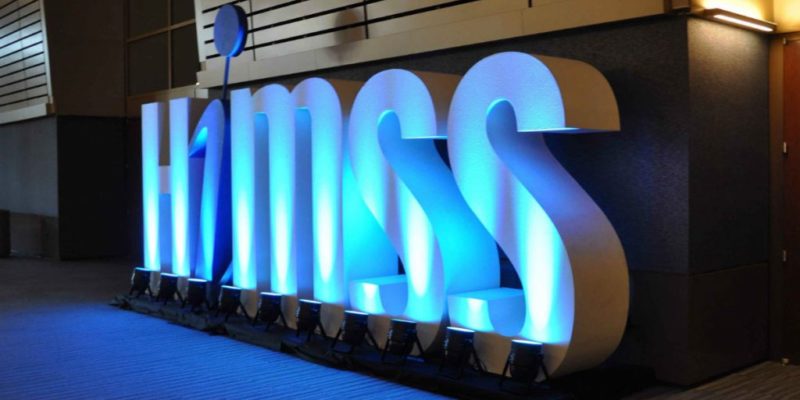The importance of C-Suite’s focus on the Patient Experience (PX) was a central theme of…

This Year’s HIMSS Show — Don’t Forget “M.E.”!
HIMSS 2017 — the healthcare industry’s largest conference and exhibition of Health IT — just took place in sunny Orlando. Over 40,000 people attended, along with nearly 1,200 exhibitors.
I was honored to be a speaker at this event, in which I talked about interoperability, and how it can better serve patients along the care continuum. And, in another session, I spoke about the latest technology, how it continues to impact patient outcomes, while becoming a more seamless part of our lives.
What was common to both talks was what I refer to as the principle of “M.E.,” which stands for “Meaningfully Engaged.” The point is this: If there is no “M.E.” in your approach to technology (upon which interoperability depends) your healthcare organization is missing the luminous spark that needs to light up your IT assets.
The “M.E.,” of course, also alludes to the patient. In fact, it’s all about the patient. That’s the me in M.E. The highest level of patient engagement requires a personalized focus. That is the expectation on the patient side. And that trend is only getting stronger. Healthcare organizations that adopt M.E. as a principle will find themselves way ahead of those who don’t. (I will be speaking more about M.E. in subsequent posts, so please stay tuned.)
Uncertainty around the new administration and its position on healthcare abounds. Putting those concerns aside for the moment, I think all parties — providers, insurers, as well as patients — now readily agree that going paperless has brought more efficiency, cost savings, and enabled better outcomes. The lesson here is, let’s not be so afraid of change! New technology always has a learning curve. But the investment in time and learning can inevitably bring greater advantages, particularly where patient-interests are served. (Yes, the M.E. again.)
HIMSS is always a good barometer of where the industry is headed. Here are some leading-edge ideas on the near horizon.
“Alexa, when should I take my medicine?”
AI and Cognitive: Lenovo teamed up with Orbita to showcase their virtual homecare solution. Bots, virtual assistants, and other voice-controlled devices are starting to be introduced in healthcare. What will be the impact of IOT? One thing is sure: In order for these ever-so-cool consumer-facing devices to play an important role in patient care, the backend organization and processing of data will need to quickly evolve. For example, a real breakthrough can occur when the device tells not only tells someone to take their medicine, but also suggests when to see a doctor. Machine learning and cognitive computing from companies such as Ayasdi, Google and IBM Watson Health, will be pivotal in helping translate the data, predict trends, as well as assist consumers with education and better management of their care.
Interoperability between Connected Health World and EHR: SMART on FHIR, and the general conversation of interoperability between the connected world and the EHR world, drew a lot of attention, especially in the Interoperability Showcase. Developers are focused on the “common user,” which they see as representing 80% of the market. “Extensions” will be created for the rest. APIs access data was stressed. The idea is to pull what you need, and don’t just take what is pushed. This technology is still in its infancy. It will be interesting to see how major connected health technology players drive the potential hyper-growth of mobile, along with cutting-edge technology adoption.
Telehealth and Remote Healthcare: The concept of telehealth is not new to HIMSS. But the focus is more in line with how healthcare is shifting. Because care will be tied to better outcomes, providers may be willing to take on more financial risk. In that eventuality, providers will need to be better informed of their patient’s condition — before and after a visit, or a hospital stay. The key to wide-scale adoption will be pairing telehealth solutions with remote monitoring, while keeping patient engagement in mind. (Yes, the M.E., again.) Hopefully, the partnering of American Well with Samsung for mobile telehealth will deliver a positive user experience.
Overall HIMSS 2017 proved a great show. If there’s one thing we should learn from “consumerism,” it’s that healthcare needs to meet the user, i.e. the patient, on their terms.
Ask yourself this question: Are you selling your solution to the buyer or the end-user? BAHA works at the intersection of both. We evaluate and facilitate the use of digital health technology for the patient community, their caregivers, and the healthcare professionals that deliver and manage care. Contact us to find out how we can help ensure your health technology solution is delivering the Meaningfully Engaged experience your customers are looking for.



Comments (0)